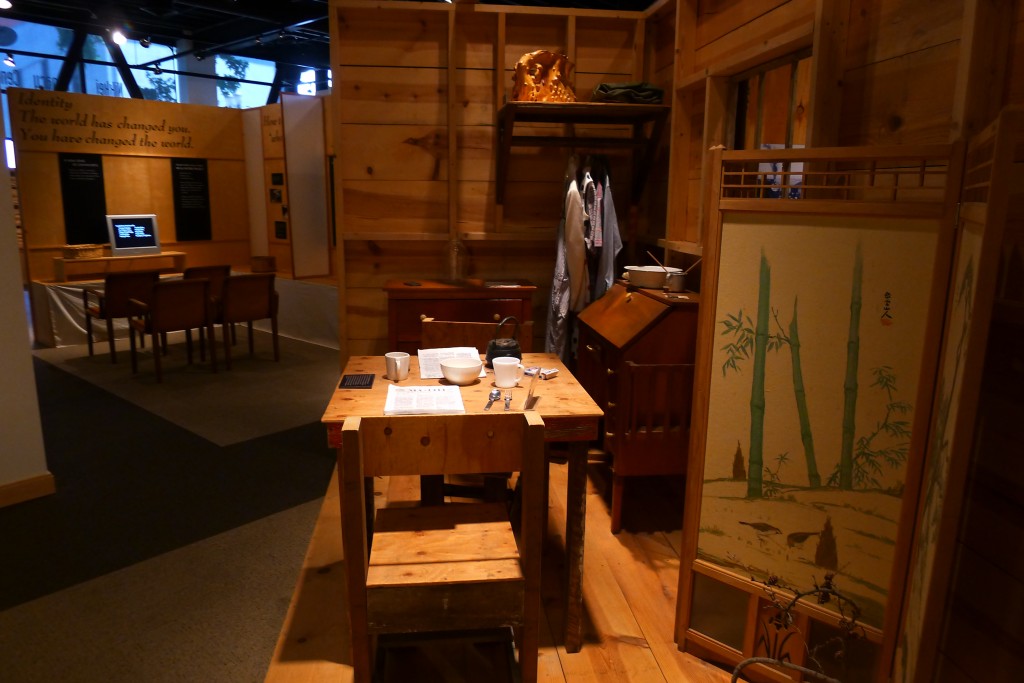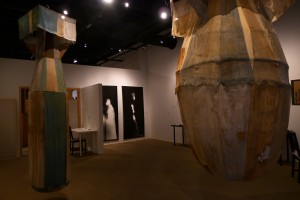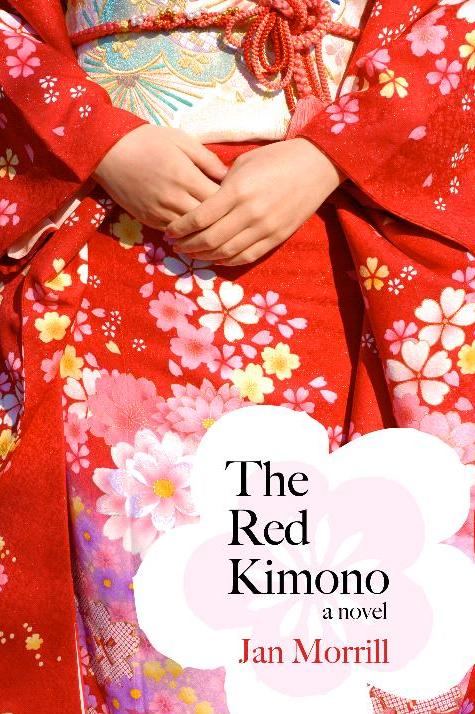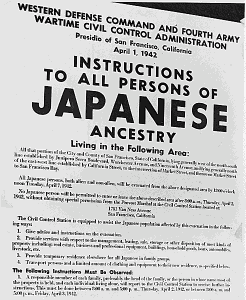We’re fans of the CBS series “Hawaii Five-0” for lots of reasons, including the fact that it’s a showcase for Asian and Pacific Islander actors such as Daniel Dae Kim and Grace Park, and the entertaining “bromance” relationship between Steve McGarrett (Alex O’Loughlin) and Danny “Danno” Williams (Scott Caan).
I always loved the original series that ran from 1968-1980, and think it’s great that this reboot uses pretty much the same arrangement for the theme song, and even uses quick-cut images that evoke the look and feel of the intro sequence from the earlier Five-0.
And finally, who can’t love a show that celebrates the coolest and best-looking of all the United States, with loving b-roll shots of both its glistening city life and its incredibly beautiful natural scenery?
This week, we get a whole new reason to appreciate “Hawaii Five-0” and tune in regularly. The producers are focusing on an aspect of American history that still remains under the radar of most mainstream American pop culture: The American imprisonment of people of Japanese ancestry in the wake of Japan’s attack on Pearl Harbor.
Continue reading















